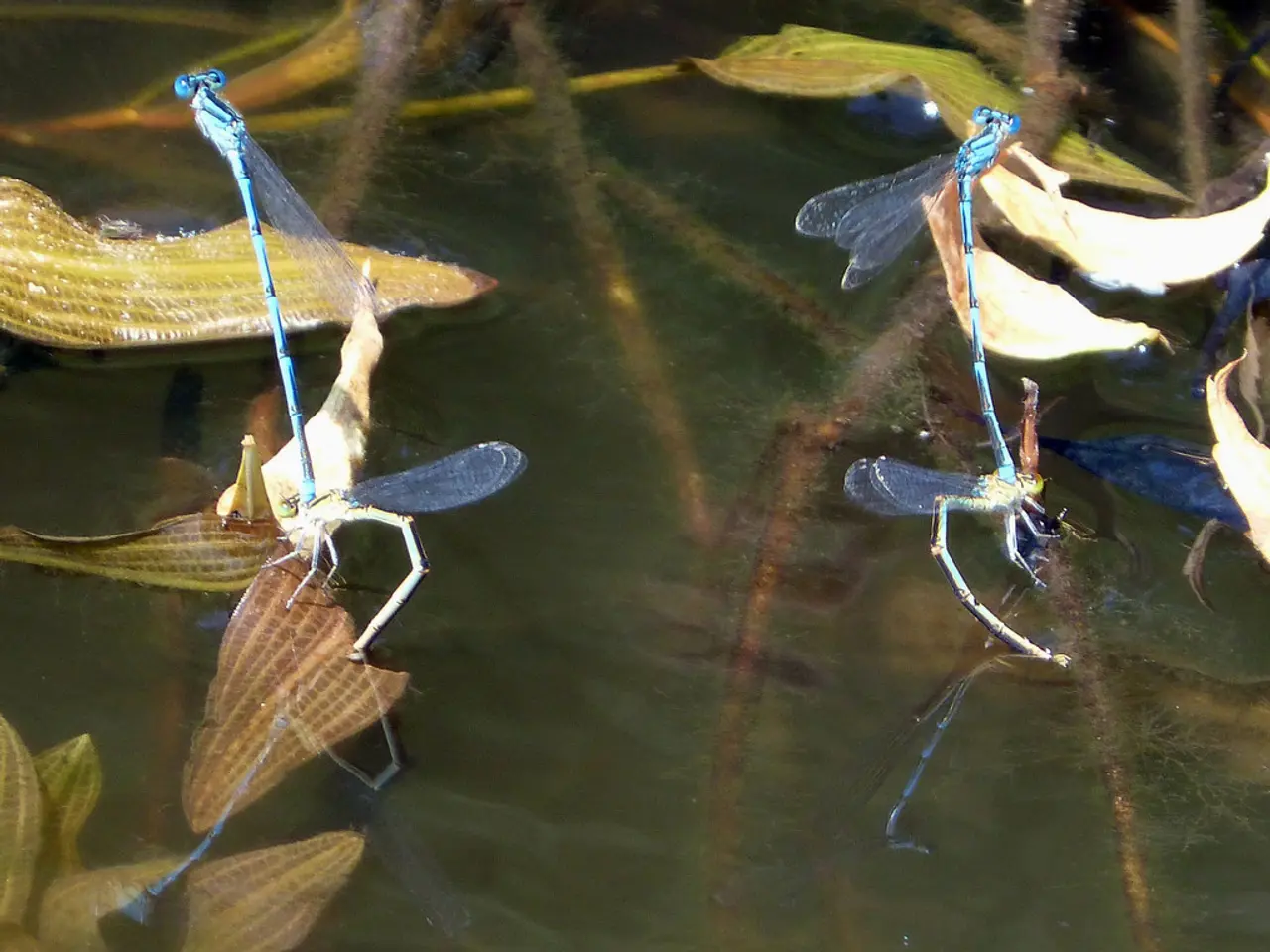Wetlands' Role in Worldwide Biodiversity and Climate Wellness
Wetlands, often overlooked yet vital ecosystems, play a crucial role in ensuring a sustainable future for both people and the natural world. These unique habitats are a critical component of our planet's health, offering a myriad of ecological functions and services.
One of the primary functions of wetlands is their role as natural water treatment systems. They trap sediments and pollutants from runoff water, purifying the water and reducing the risk of floods. This makes them essential for improving water quality and mitigating flood risks for surrounding communities.
Beyond water management, wetlands contribute to climate stabilization and resilience against extreme weather events. By supporting natural cycles and processes, they help regulate the water cycle and act as biodiversity hotspots and natural climate buffers. This fundamental role in climate regulation is increasingly important in the face of a changing climate.
Wetlands are also home to an astounding array of species. Approximately 40% of the world's species find refuge in these ecosystems, providing a rich biodiversity. They serve as crucial breeding grounds for amphibians like frogs and salamanders, and are vital stopover points for migrating birds for feeding and nesting. Many endangered and threatened species also find sanctuary in wetlands due to their diverse resources.
The Ramsar Convention, a global initiative, is dedicated to conserving wetland ecosystems. This initiative promotes sustainable use and raises awareness about the significance of wetlands. Currently, Ramsar Convention initiatives for wetland conservation and restoration are actively led in countries such as Zimbabwe, Austria, and across the European Union. These projects and policies focus on wetland protection, renaturation, and climate adaptation measures.
However, the continued threats to wetlands highlight the urgent need for their conservation and restoration. Wetland loss and degradation are primarily caused by human activities such as urban development, agriculture, and industrialization. To counteract this, many countries have committed to restoring degraded wetlands to enhance their ability to support biodiversity and contribute to climate health.
Restoration projects for wetlands often involve re-establishing natural water flows, replanting native vegetation, and removing invasive species. Peatlands, a type of wetland, are particularly effective at carbon sequestration due to the slow decomposition of organic matter. By protecting and restoring wetlands, we contribute to the health and stability of our planet.
In conclusion, protecting and restoring wetlands is not just an environmental imperative, but a critical step towards ensuring a sustainable future. By doing so, we safeguard the health of our planet, promote biodiversity, and mitigate the impacts of climate change. Let us strive to conserve and restore these vital ecosystems for the benefit of future generations.








